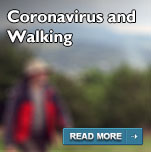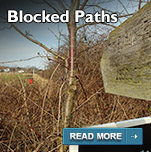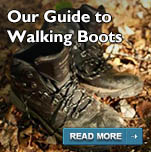Athlete's Foot and Walking
Athlete's Foot isn't just limited to athlete's - in fact it is estimated between 10% and 20% of the UK adult population is affected by the condition at any one time.
But seeing as though it is caused by a fungus that thrives in warm and moist conditions, it's perhaps not surprising that walkers are more at risk of suffering than most. The average walking boot is a great place for the infection to breed.
Fortunately, you can take "steps" to reduce your risk of catching it. And even if you have caught it, it is relativey harmless if not irritating, and can be usually dealt with without going to see your GP.
![By Wes Washington (Own work) [CC BY-SA 3.0 (https://creativecommons.org/licenses/by-sa/3.0)], via Wikimedia Commons](images/Athlete-s_foot.jpg)
By Wes Washington (Own work) [CC BY-SA 3.0 (https://creativecommons.org/licenses/by-sa/3.0)], via Wikimedia Commons
What is Athlete's Foot?
Well, it's a fungal infection which loves to grow in warm, moist areas of the body. Between sweaty toes - for example - is a great home for the fungus. It makes the skin itchy, red and sore and, if not treated, the skin soon becomes soggy, eventually leading to cracking and peeling.
How can I catch Athlete's Foot?
The fungus can be caught easily from floors of changing rooms or bathrooms - or when using shared towels. Perhaps more of interest to walkers is the fungus also likes hot, damp and enclosed environments - just like walking boots.
What are the signs of Athlete's Foot?
Athlete's Foot can have the following symptoms..
- Itching between the toes.
- Painful stinging feeling when the itching is scratched.
- Skin peeling and cracking between the toes.
- Red and inflamed skin where it's itching.
- Patchy scaling over the soles of one or both feet. This is known as Moccasin or Plantar Athlete's Foot.
Please note these symptoms are not exclusive to Athlete's Foot and could be caused by other conditions. For more information, check at NHS Direct.
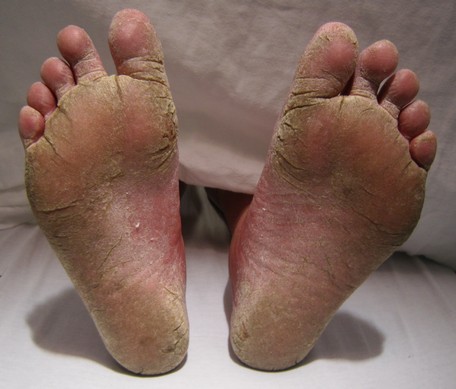
By James Heilman, MD (Own work) [CC BY-SA 3.0 (https://creativecommons.org/licenses/by-sa/3.0)], via Wikimedia Commons
Left untreated, the skin can crack further and bacteria can take hold increasing the discomfort and causing an unpleasant smell.
One of the most common complications of Athlete's Foot is the spread of the fungus to the toenails, which may occur if the problem is not tackled. This is called a fungal nail infection. If your toenail is yellow and has become thickened you should seek advice from your doctor or podiatrist.
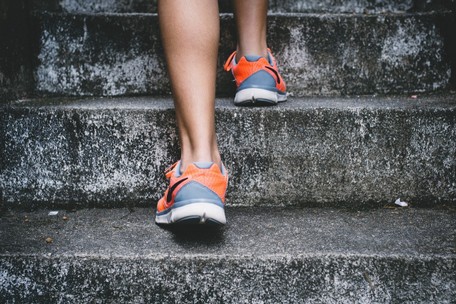
How do I prevent Athlete's Foot?
- Wash your feet daily.
- Take care to dry your feet carefully, particularly between the toes.
- Try not to wear the same boots every day.
- Change your socks daily and wash them thoroughly.
- Don't share towels, socks or shoes with anyone else.
- Don't walk bare foot in changing rooms - wear flip-flops or croc-type shoes instead.
- Use a hair dryer to dry out the inside of walking boots after use.
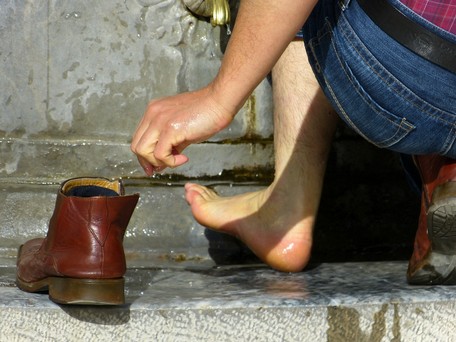
Our top tips...
- Change into a fresh pair of socks as soon as you can after finishing your walk - this refreshes your feet and helps to stop the fungus.
- If you're driving back from your walk, change into a different pair of shoes.
- Wash your feet when you get home - there's nothing better than fresh feet without Athlete's Foot!

